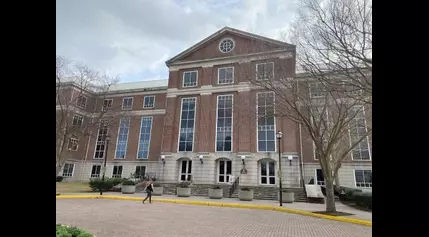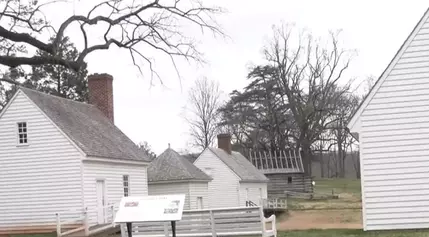A significant milestone has been achieved in the development of Salisbury University’s ambitious performing arts center project, as state officials announced a million allocation for planning and pre-construction activities. This substantial financial commitment marks a crucial step towards realizing the university’s vision of transforming downtown Salisbury into a cultural hub. The new facility, expected to cost around 0 million, will replace the existing Sarbanes Branch Library at the historic Armory building site. Meanwhile, plans are underway to relocate the library to a former museum location near Schumaker Pond. Community leaders anticipate that this project will not only enhance local infrastructure but also boost economic activity and attract cultural tourism to the area.
The Vision Behind the Performing Arts Center
The performing arts center is envisioned as more than just a physical structure; it represents a pivotal investment in the cultural and economic future of Salisbury. Dr. Carolyn Lepre, president of Salisbury University, emphasized that the facility would serve as a cornerstone of downtown revitalization. The strategic relocation of the library to Schumaker Pond ensures that the historic building remains a public asset while providing a modern space for literary and educational pursuits. This dual approach aims to create synergies between cultural institutions, fostering a vibrant community atmosphere.
With an estimated annual attendance of 15,000 to 20,000 visitors, the performing arts center is set to become a major attraction, drawing people from across the region. It will host a variety of events, including concerts, theater performances, and festivals such as the Maryland Folk Festival. The facility's design and programming will be carefully curated to cater to diverse audiences, ensuring its relevance and appeal to both locals and tourists. Moreover, the center will provide a platform for local artists and performers, promoting talent and creativity within the community.
State Investment and Economic Impact
The state’s decision to allocate funds despite budget constraints underscores the significance of this project for regional development. Jake Day, Maryland’s Secretary of Housing and Community Development, highlighted the long-term benefits of investing in revitalization programs. He argued that such projects generate economic returns by creating jobs, stimulating business growth, and enhancing property values. The timing of the funding, with million already committed for Fiscal Year 2025 and another million for 2026, reflects a phased approach to ensure sustainable progress.
Mike Dunn, president of the Greater Salisbury Committee, echoed the sentiment that this investment is transformative for the city. He noted that the performing arts center has been a long-awaited addition to downtown Salisbury, one that could finally realize the vision of a thriving urban center. Mayor Randy Taylor also expressed support for the project, emphasizing the city’s commitment to smart growth and collaboration with the university. Construction is scheduled to begin in 2026, with an anticipated opening within four to five years. This timeline aligns with broader efforts to revitalize the downtown area, positioning Salisbury as a cultural and economic powerhouse in the region.




















